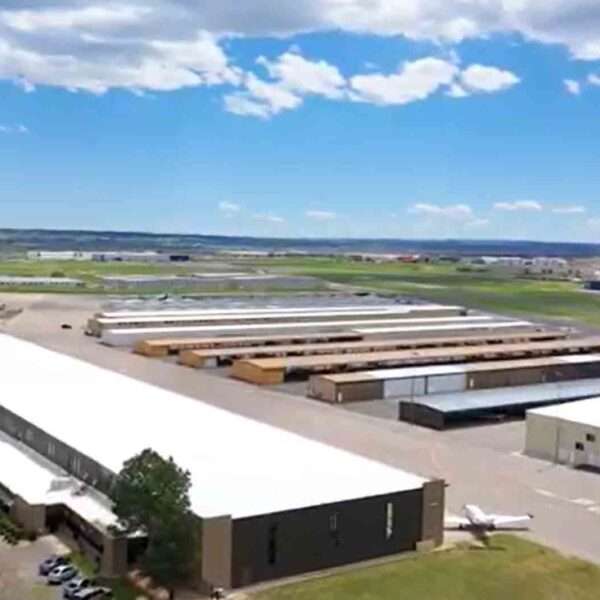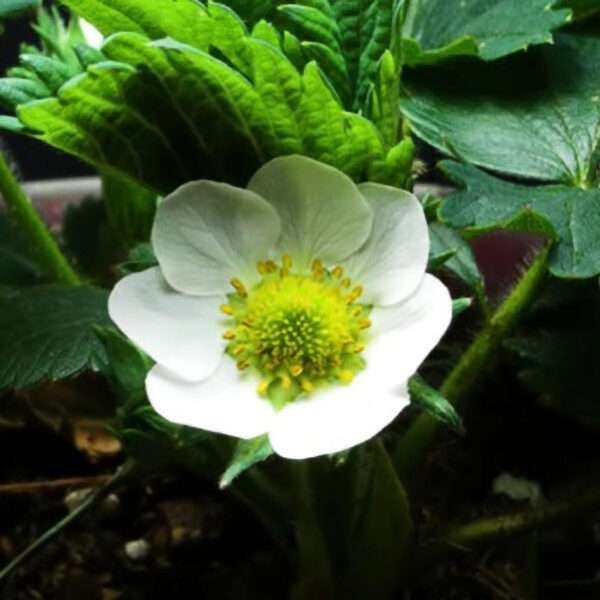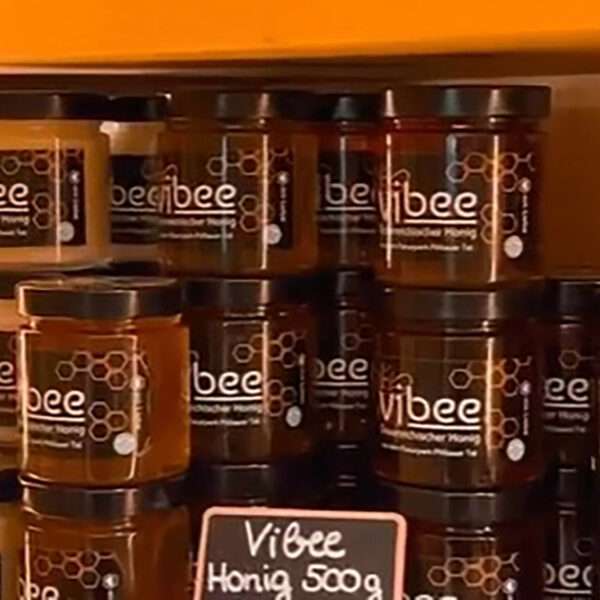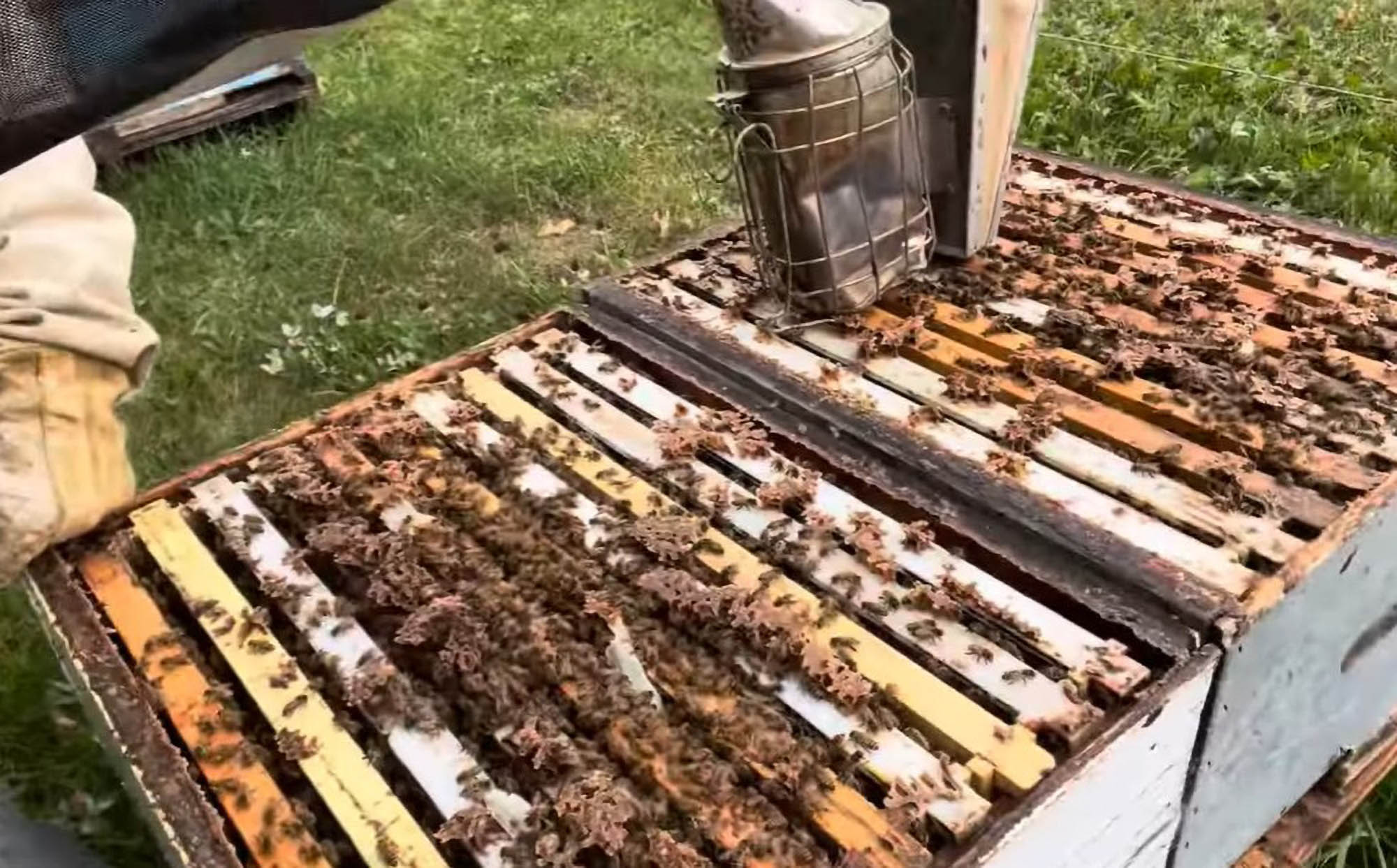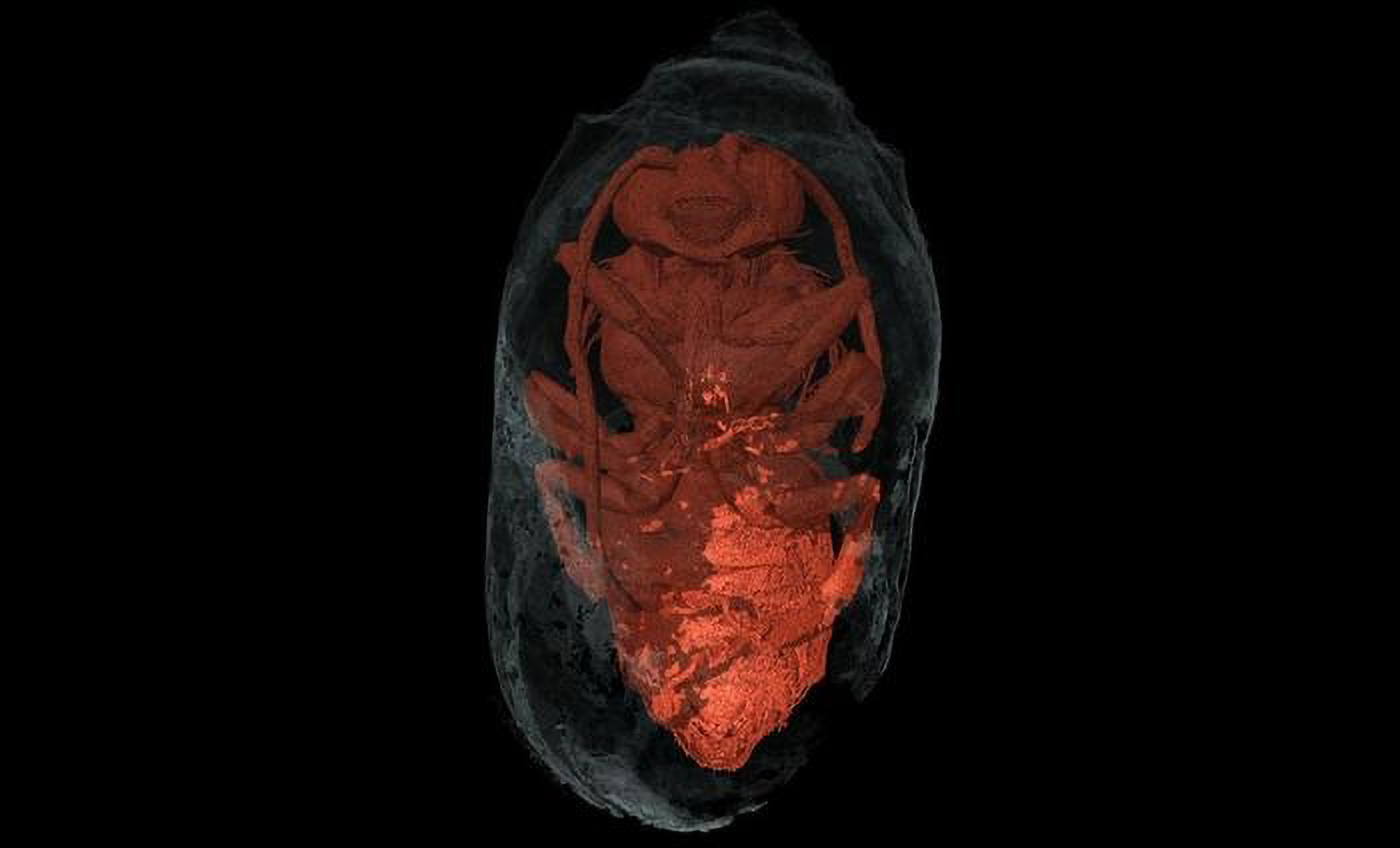Swedish scientists are encouraging farmers to refocus on traditional hay meadows.
More and more citizens but also agricultural entrepreneurs want to support pollinators such as solitary bees and domesticated honeybees.
They often do so by applying purchasable seed mixtures on parts of their estates.
Now biodiversity expert Lina Herbertsson said she would appreciate a “renaissance for traditional hay meadows.”
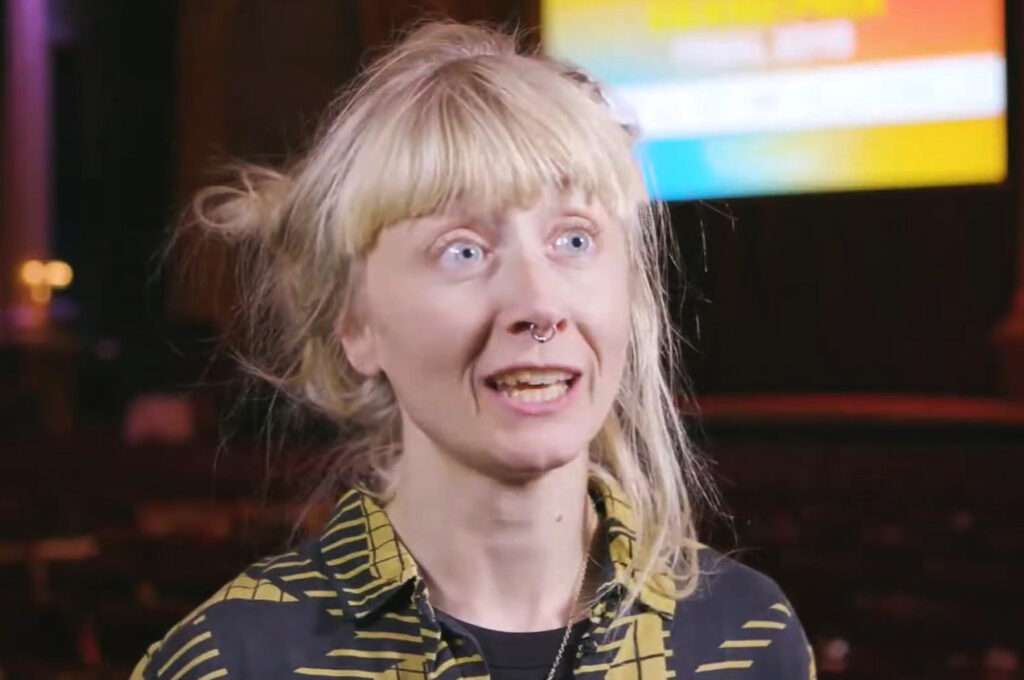
The Lund University researcher explained: “It is in fact this kind of habitat that provides the greatest cumulative benefit for nature.”
Herbertsson explained: “A hay meadow has such a diverse range of native plants that there is no need to think about exactly what plants there needs to be more of.”
She added: “Pollinators simply have a good life there whatever you do.”
Herbertsson’s colleague – conservation science expert Maj Rundlöf – explained these meadows were the place where farmers harvested hay for their animals in late summer.
Rundlöf said: “Today, only a tiny proportion of those meadows remain. Instead, animal food is produced on fertilised, species-poor fields.”
And the researcher warned: “Good for people, perhaps, but not for biodiversity.”

Herbertsson and Rundlöf said that they would welcome Sweden’s various flower-promoting initiatives. However, they also urged residents and companies to consider their hay meadow appeal.
According to the Lund University scientists, one in three solitary bee species are currently under threat. This term describes undomesticated pollinators such as bumblebees, leafcutter bees and sand bees.
Solitary bees do not produce honey. However, they play a crucial role when it comes to ensuring balanced ecosystems.






